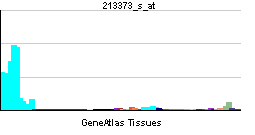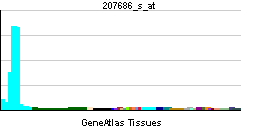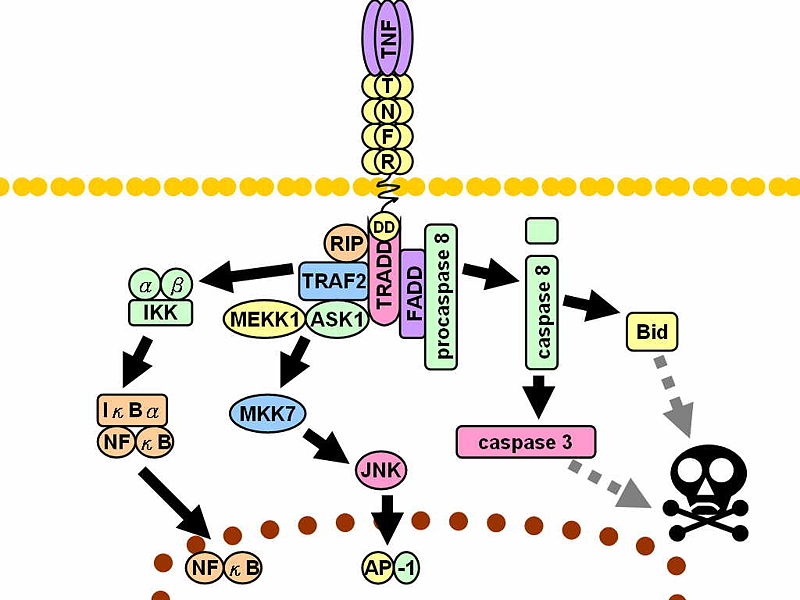Caspase 8
| Caspase 8, apoptosis-related cysteine peptidase | |||||||||||
|---|---|---|---|---|---|---|---|---|---|---|---|
 PDB rendering based on 1f9e. | |||||||||||
| Identifiers | |||||||||||
| Symbols | CASP8 ; CAP4; FLICE; MACH; MCH5; MGC78473 | ||||||||||
| External IDs | Template:OMIM5 Template:MGI HomoloGene: 7657 | ||||||||||
| |||||||||||
| RNA expression pattern | |||||||||||
 | |||||||||||
 | |||||||||||
| More reference expression data | |||||||||||
| Orthologs | |||||||||||
| Template:GNF Ortholog box | |||||||||||
| Species | Human | Mouse | |||||||||
| Entrez | n/a | n/a | |||||||||
| Ensembl | n/a | n/a | |||||||||
| UniProt | n/a | n/a | |||||||||
| RefSeq (mRNA) | n/a | n/a | |||||||||
| RefSeq (protein) | n/a | n/a | |||||||||
| Location (UCSC) | n/a | n/a | |||||||||
| PubMed search | n/a | n/a | |||||||||
Overview
Caspase 8 is a caspase protein. It most likely acts upon caspase 3.
This gene encodes a member of the cysteine-aspartic acid protease (caspase) family. Sequential activation of caspases plays a central role in the execution-phase of cell apoptosis. Caspases exist as inactive proenzymes composed of a prodomain, a large protease subunit, and a small protease subunit. Activation of caspases requires proteolytic processing at conserved internal aspartic residues to generate a heterodimeric enzyme consisting of the large and small subunits. This protein is involved in the programmed cell death induced by Fas and various apoptotic stimuli. The N-terminal FADD-like death effector domain of this protein suggests that it may interact with Fas-interacting protein FADD. This protein was detected in the insoluble fraction of the affected brain region from Huntington disease patients but not in those from normal controls, which implicated the role in neurodegenerative diseases. Many alternatively spliced transcript variants encoding different isoforms have been described, although not all variants have had their full-length sequences determined.[1]

References
Further reading
- Song, HJ, Parodo, J, Kapus, A, Rotstein, OD, and Marshall, JC (2008). "Dynamic Regulation of Neutrophil Survival through Tyrosine Phosphorylation or Dephosphorylation of Caspase-8". Journal of Biological Chemistry. 283: 5402–5413.
- Cohen GM (1997). "Caspases: the executioners of apoptosis". Biochem. J. 326 ( Pt 1): 1–16. PMID 9337844.
- Siegel RM, Chan FK, Chun HJ, Lenardo MJ (2001). "The multifaceted role of Fas signaling in immune cell homeostasis and autoimmunity". Nat. Immunol. 1 (6): 469–74. doi:10.1038/82712. PMID 11101867.
- Ye S, Goldsmith EJ (2002). "Serpins and other covalent protease inhibitors". Curr. Opin. Struct. Biol. 11 (6): 740–5. PMID 11751056.
- Gupta S (2002). "Tumor necrosis factor-alpha-induced apoptosis in T cells from aged humans: a role of TNFR-I and downstream signaling molecules". Exp. Gerontol. 37 (2–3): 293–9. PMID 11772515.
- Pomerantz RJ (2004). "Effects of HIV-1 Vpr on neuroinvasion and neuropathogenesis". DNA Cell Biol. 23 (4): 227–38. doi:10.1089/104454904773819815. PMID 15142380.
- Zhao LJ, Zhu H (2005). "Structure and function of HIV-1 auxiliary regulatory protein Vpr: novel clues to drug design". Curr. Drug Targets Immune Endocr. Metabol. Disord. 4 (4): 265–75. PMID 15578977.
See also
External links
- Caspase+8 at the US National Library of Medicine Medical Subject Headings (MeSH)